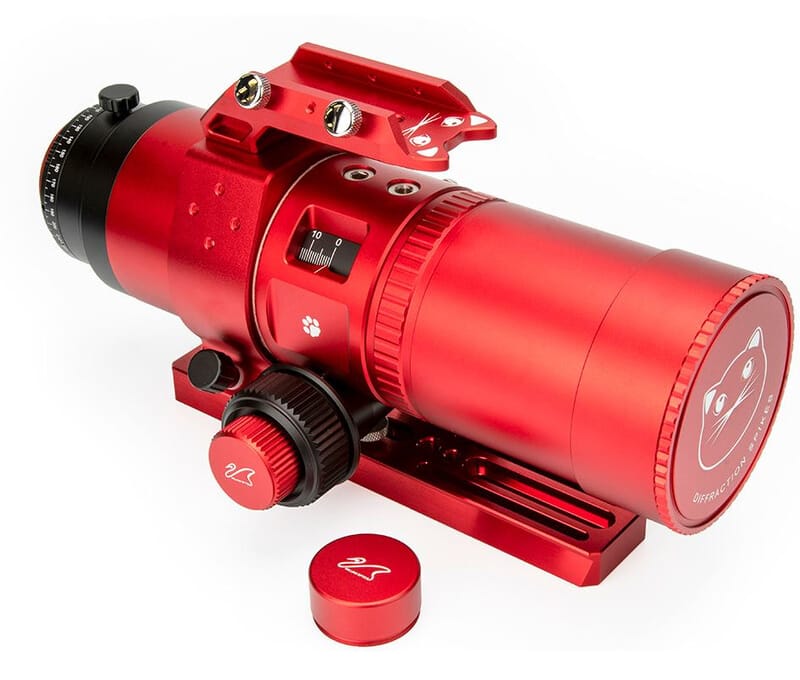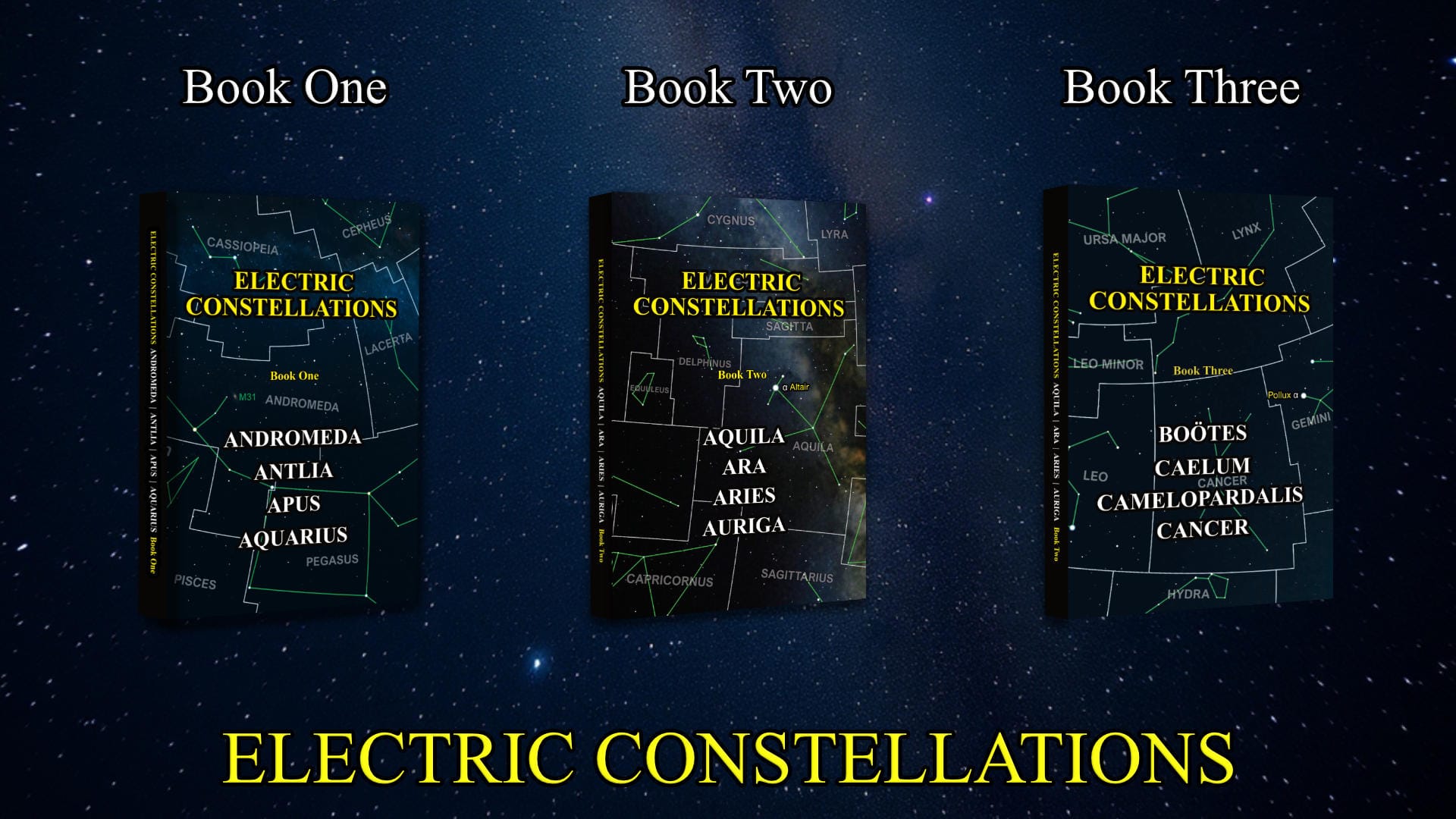RedCat 51 Video

The William Optics Redcat 51/250 WIFD has quickly established itself as a favorite among astrophotography enthusiasts seeking premium performance in a compact package. This pint-sized powerhouse delivers impressive optical quality while maintaining exceptional portability, making it suitable for both backyard sessions and remote dark-sky expeditions. Whether you're capturing the delicate structures of nebulae or the sweeping vistas of the Milky Way, this telescope offers the perfect balance of capability and convenience.
With its 51mm aperture and precisely engineered optics, the Redcat delivers impressive light-gathering ability in a remarkably compact form factor. William Optics has refined its manufacturing process to ensure each unit meets stringent quality control standards, resulting in consistently excellent performance across the product line. The internal focusing design represents a significant evolution from previous models, addressing feedback from the astrophotography community while maintaining the beloved characteristics that made the original Redcat a success.
The Redcat AP 51/250 WIFD revolutionizes the astrophotography experience by combining premium optical performance with unprecedented convenience. Unlike traditional telescopes that require extensive setup and alignment, the Redcat's thoughtful design allows photographers to focus on capturing the perfect shot rather than wrestling with equipment. The internal focusing mechanism eliminates image shift during fine adjustments, ensuring your carefully framed celestial targets remain perfectly centered throughout extended imaging sessions. William Optics has effectively addressed the primary pain points experienced by astrophotographers while maintaining the optical excellence that serious imagers demand.
The heart of the Redcat 51's exceptional performance lies in its sophisticated Petzval optical design. This configuration utilizes four elements in three groups, including premium ED (Extra-low Dispersion) glass that effectively controls chromatic aberration – the color fringing that can plague lesser refractor telescopes. The result is remarkably sharp star points across the entire field of view, with minimal optical distortions even at the edges of your images. This level of correction is particularly important for astrophotography, where the unforgiving nature of long-exposure imaging would quickly reveal any optical shortcomings.
What truly sets the Redcat apart is how its optical performance exceeds expectations for its aperture class. The careful implementation of multi-coated optics maximizes light transmission while reducing internal reflections, resulting in higher contrast images with richer detail. Many users report that Redcat's images rival those from significantly larger telescopes, particularly when imaging larger deep-sky objects like nebulae and star clusters. This exceptional performance-to-size ratio makes it an ideal choice for astrophotographers who value both image quality and portability.
Challenge the standard model—explore the cosmos through the Electric Universe Theory. These Electric Constellations books contain full-color, data-rich investigations of four constellations each. They're not a beginner's star guide—they're a serious work for independent thinkers, astronomers, and scientifically literate readers seeking to understand the Universe beyond conventional gravity-based interpretations.
Each constellation is examined in detail, with attention to its Bayer-designated stars, mythological origins, meteor showers, and bordering constellations. In-depth profiles of deep-sky objects—including galaxies, planetary nebulae, and star clusters—are paired with high-resolution imagery from the Webb and Hubble space telescopes, delivering both scientific clarity and visual impact.
Central to this series is the Electric Universe (EU) model, which proposes that electromagnetic forces—not gravity alone—govern much of the structure and behavior of the cosmos. Rather than treating this as speculative fringe, the book frames the EU model as an evidence-based, plasma-physics-informed alternative to the standard cosmological narrative.
Inside each volume:
- Comprehensive coverage of four distinct constellations
- Analyses of deep-sky objects in the EU context
- Original commentary on plasma discharge features and Z-pinch configurations
- Mythological and historical context without romantic embellishment
Written for readers who demand more than rote repetition of gravitational dogma, Electric Constellations opens a new observational and theoretical frontier—where stars light by electrical currents, not fusion, and where structure emerges from plasma dynamics, not dark matter.
Whether you are an amateur astronomer, electrical engineer, or astrophysicist curious about alternative models, these books deliver a rigorous and visually stunning exploration of the night sky—illuminated by a very different current.
